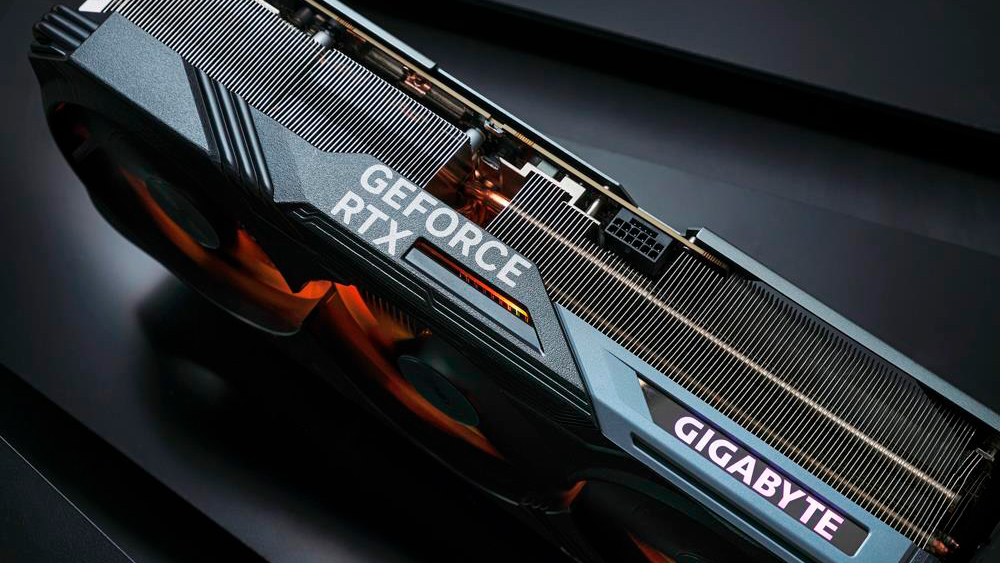
A shipping manifest has cropped up featuring different SKUs for Nvidia's upcoming Blackwell RTX 50-series GPUs. Discovered by harukaze5719 on X, the manifest shows seven variants, meaning we could see multiple iterations of the RTX 5090 and RTX 5080 at the very least, possibly with varying VRAM capacities.
The manifest showcases six GPU SKUs aimed at "development and testing purposes." All seven feature varying codenames: 699-1G144-0030-TS1, 699-1G144-0050-TS1, 699-1G144-0045-TS1, 691-1G145-2030-TS1, 699-1G147-0070-TS1, 699-1G147-0050-TS1, 699-1G147-0045-EB1.
699-1G144-0030-TS1699-1G144-0050-TS1699-1G144-0045-TS1691-1G145-2030-TS1699-1G147-0070-TS1699-1G147-0050-TS1699-1G147-0045-EB1https://t.co/VfBUmrurmp https://t.co/pKUBcyw818 pic.twitter.com/X3LNFYif2zSeptember 27, 2024
It's impossible to tell what these models are specifically, but given Nvidia's past track history, it usually launches its highest-tier models first, those being the RTX 5090 and RTX 5080. As a result, these seven models could be multiple iterations of the RTX 5090 and RTX 5080 featuring either different variants and/or different board versions, with possibly an RTX 5070/5070 Ti SKU or two thrown in for good measure.
We expect at least two of the SKUs to potentially correlate to RTX 5080 24GB and 16GB flavors with the same bus width. To recap, preliminary specs for the RTX 5090 put it at 32GB of VRAM capacity, while the RTX 5080 will stick with 16GB. That would mean no 24GB card this generation, which has existed for the past three generations (Titan RTX, RTX 3090 / 3090 Ti, and RTX 4090).
It would be odd at best for Nvidia to ignore the 24GB capacity, as the gap between the RTX 5080's purported 16GB capacity and the 5090's 32GB is simply too big to ignore. An AI/prosumer-focused RTX 5080 with 24GB of VRAM would be the perfect middle-ground for users who might not need or cannot afford the RTX 5090 but still want the workflow capabilities that 24GB of VRAM offers.
Note that this isn't the same as what happened with the 'unlaunched' RTX 4080 12GB (which eventually became the RTX 4070 Ti). The 4080 12GB used a different die, AD104, with a 192-bit interface and fewer GPU processing cores. The RTX 5080 would likely have the same (or very similar) specs in both VRAM capacities, with only the amount of memory being different.
All this comes thanks to the GDDR7 standard and its new capacity options. GDDR7 will be the first graphics memory solution to offer capacities beyond 2GB per IC, with potential of 3GB variants coming in the future — and capacities up to 64Gb / 8GB could eventually become available. Higher capacities could prove hugely advantageous for next-gen GPUs, as it means manufacturers have more flexibility in choosing various memory capacities without being restricted by the bus width of a GPU's memory subsystem.
With 3GB ICs, the RTX 5080 would be able to offer 24GB of VRAM without adding or reducing the memory chip count, enabling it to retain its 256-bit wide interface. Depending on how Nvidia wants to operate in the age of GDDR7, it could also play the same trick with the RTX 5090 and give it 48GB of memory with 3GB ICs.
Of course, that's less likely as 48GB could put the 5090 into direct competition with Nvidia's future workstation graphics cards. More likely is that Nvidia will eventually offer a professional RTX GPU with 48GB on a 512-bit interface, and probably even 96GB by putting memory on both sides of the PCB. AI workload have proven to be voracious in their appetite for VRAM, after all.







